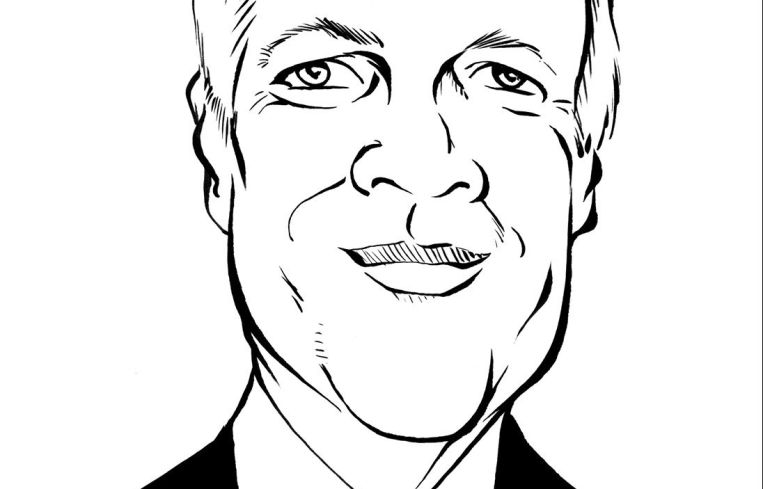The Curious Case of Creeping CMBS Spreads
By Dan Gorczycki December 7, 2015 9:50 am
reprints
“We make a living by what we get, but make a life by what we give.”—Winston Churchill
When commercial mortgage-backed securities spreads widen out substantially, one can usually point to an extraneous event that caused the herd mentality of halting the purchase of CMBS bonds’ riskier tranches. The most famous instance of spreads “blowing out” was the collapse of Lehman Brothers in 2008, when the market came to an almost complete halt. But even during mini-blips in the market, spreads would widen as traders were paralyzed by some event, and then when the dust settled, the market would return to the norm. However, since the summer, something different has been going on in CMBS. Spreads have widened substantially for no single apparent reason, and they have stayed wide. What’s behind it? A myriad of factors.
For context, let’s use the BBB- tranche of a CMBS pool, which represents one of the junior-most investment grade tranches. This represents one of the first portions of the pool to be impacted after the sub-investment grade B-piece buyer stops being paid in the event of a default. This tranche usually ranges between 60 and 70 percent loan to value. In June of this year, this bond was trading at Libor plus 325 to 350 basis points. Today, that spread has widened out to 500 to 550 bps over Libor—a significant increase. The spread increase is muted in the AAA tranche with spreads moving from roughly 100 to 125 bps over Libor. This impairs the profitability of every conduit lender and the impact is exacerbated if they have been holding the pool in inventory. Drilling down deeper, let’s look at one specific issue: Wells Fargo’s C31, which sold in October. The BBB- tranche traded for swaps plus 540 bps with solid collateral and the largest loan in the pool being a Class A office building in Boston (7 percent of the pool).
The impact to the retail borrower? The net effect is that it is causing quotes on CMBS to go from sub-200 over 10-year swaps back in the June to close to 300 bps over swaps currently. So while pundits point to interest rates not going up, that may be true for 10-year swaps or treasuries, but it is certainly not true for the coupon rates on long-term borrowings. Among the factors affecting this “rate creep” are as follows: 1. Simple supply and demand factors (many conduits that originated loans in the spring were caught holding them on balance sheets when the China stock market sell-off of the summer hit). 2. Junk bond woes are spilling over to CMBS (between May and August 2015, $8 billion poured out of high-yield and exchange-traded funds). 3. Global economic growth sluggishness and a commodities crash are causing a “risk off” herd mentality. 4. Treasuries remain artificially low due to Federal Reserve zero-rate borrowings. 5. It is difficult to execute a highly correlated hedge for CMBS, so a spread premium is being built in. 6. Regulation AB concerns are arising that more reserves will need to be held. 7. There is an ongoing perception that credit quality has slipped on new deal collateral.
Going back to the extreme case of late 2008, after the Lehman collapse, spreads on super-senior bonds were yielding 695 basis points over swaps and the BBB- were being quoted at 4,000 basis points over swaps. So let’s not overreact to a 0.25 percent increase in the AAAs and a 2 percent increase in the BBBs. It has impacted total securitization deal volume, though. While delinquency rates have dropped recently to just 5.28 percent across all property types in September, total issuances that were projected to top out at close to $125 billion have had their estimates lowered to only slightly over $100 billion, according to Trepp. This can be directly attributed to the elasticity of the market, as borrowers that would push forward at swaps plus 200 are now balking at swaps plus 300. Banks and insurance companies are, for the moment, the cheaper alternative—especially if a borrower is fine with slightly lower leverage. Insurance companies remain the “belle of the ball” at sub-200 over swaps, but are very discerning on the types of deals that they will close.
Unless interest rates spike in 2016 or some other black swan event, this too shall pass. But what are the odds that neither of those things happen?
Dan E. Gorczycki is a senior director with Avison Young, where he specializes in debt, joint venture and structured capital for all property types, including hotels.


